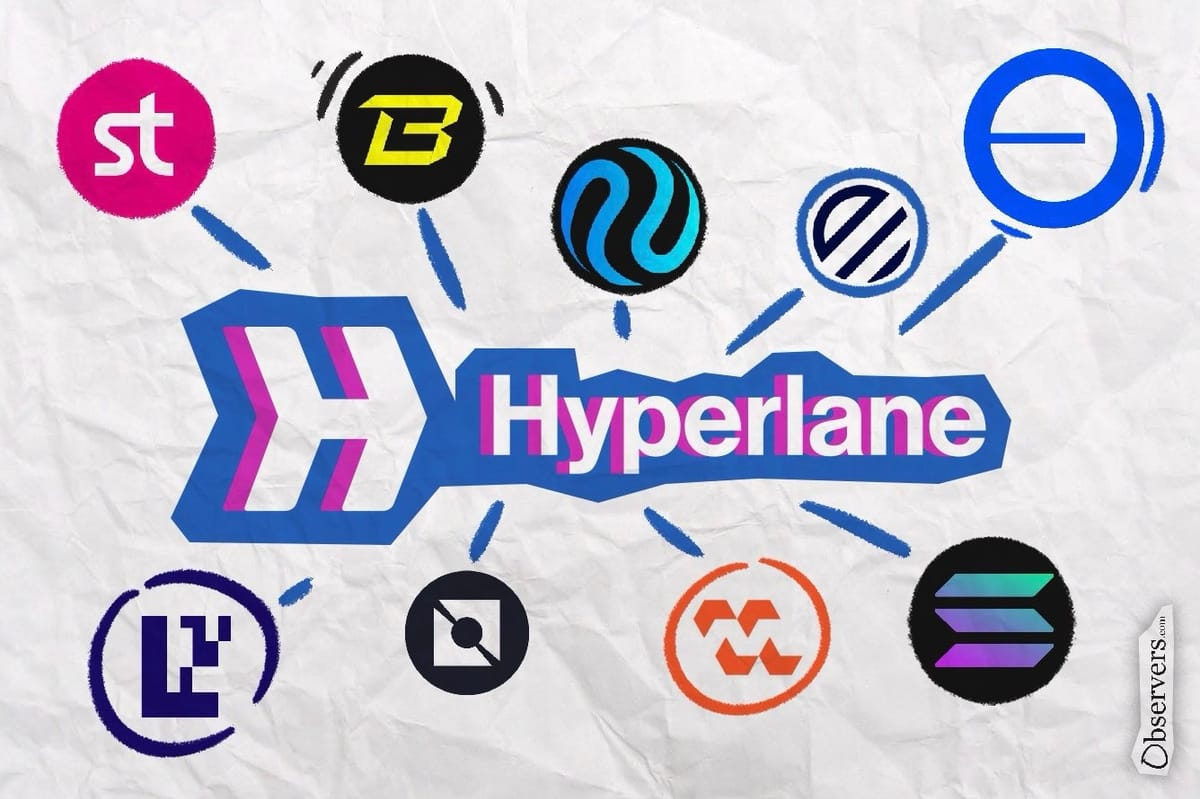
Hyperlane, a multichain bridge project, recently announced the establishment of the Hyperlane Foundation and plans to introduce a governance token, $HYPE. The foundation’s primary aim will be to foster and develop the Hyperlane network. Alongside this, it plans to establish the Hyperlane Alliance, which will serve the interests of users and developers, guiding the network’s future and overseeing the project’s grant program.
This news has sparked excitement among airdrop hunters, especially since the project secured $18.5 million in funding back in 2022. Many are anticipating a generous airdrop with the rollout of the $HYPE token. However, the specifics regarding the tokenomics and the timing of the airdrop snapshot have not yet been released.
Hyperlane stands out in the crowded field of bridge protocols by adopting a unique approach to managing asset transfers. Unlike traditional bridges, which use a uniform security model to pool assets into large centralized pools, Hyperlane has introduced a method inspired by Uniswap. This approach allows any user or project to create decentralized bridging pools for any asset across different blockchains.
Most current bridges operate under a homogenous security model controlled by the bridge teams. Typically, this involves large single pools for different assets on various blockchains, where users deposit money into one pool and withdraw from another. Although this approach helps aggregate liquidity, it also presents significant risks. A single pool becomes a single point of failure, and every bridge that has been hacked so far utilizes this homogenous security model.
Current bridges also hinder the growth of new chains because they cannot rapidly deploy across all of them. On top of this, these bridges continue to whitelist and gatekeep new assets, preventing them from going interchain.
Hyperlane has adopted an approach similar to Uniswap’s. Instead of relying on a single pool for an asset, the project has made pool and bridge creation permissionless. This allows any user or project to create bridging pools for any asset on different blockchains, facilitating seamless asset transfers.
The bridge operates much like traditional lock-and-mint bridges but incorporates siloed contracts and individual security models for each asset, effectively removing the central team as a bottleneck in asset approval.
While this open model promotes flexibility and rapid expansion, it also comes with risks. Similar to issues on Uniswap, the person who sets up a bridging route could potentially compromise the assets, making trust a crucial factor for users.
Despite these potential risks, Hyperlane has experienced substantial adoption, attracting over half a million users since its launch. According to Dune Analytics, the platform currently boasts approximately 6,000 daily active users and facilitates transfers across 40 different chains.
This strong user engagement shows that many see the value in Hyperlane’s approach to blockchain interoperability, and the upcoming token launch and airdrop will likely attract even more interest to its protocol.

